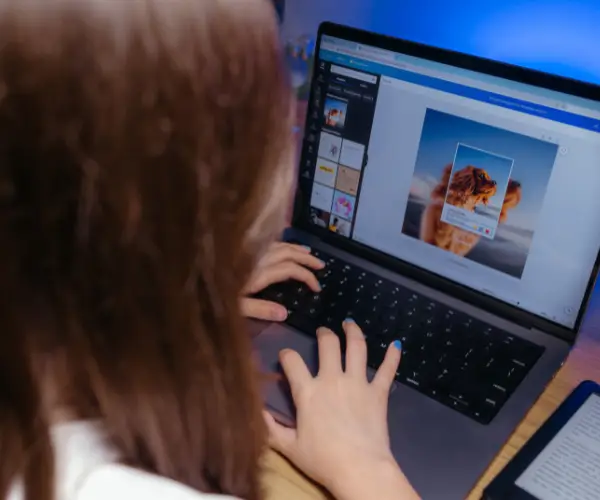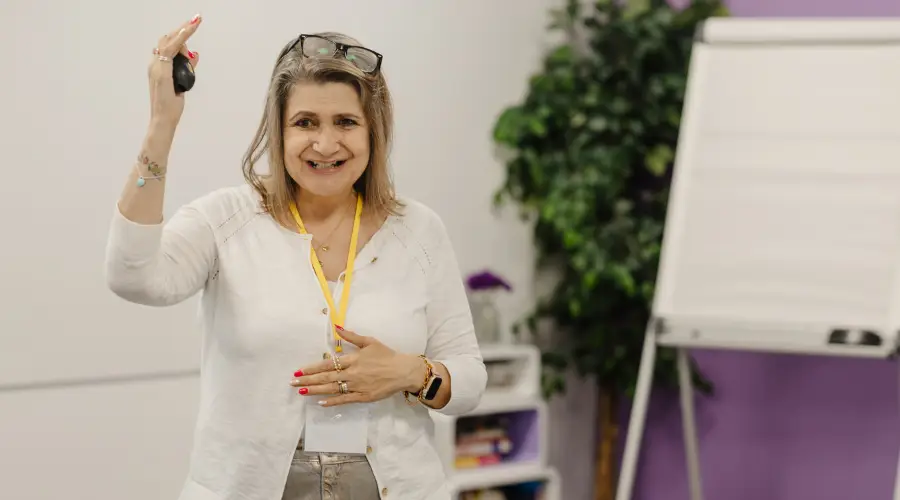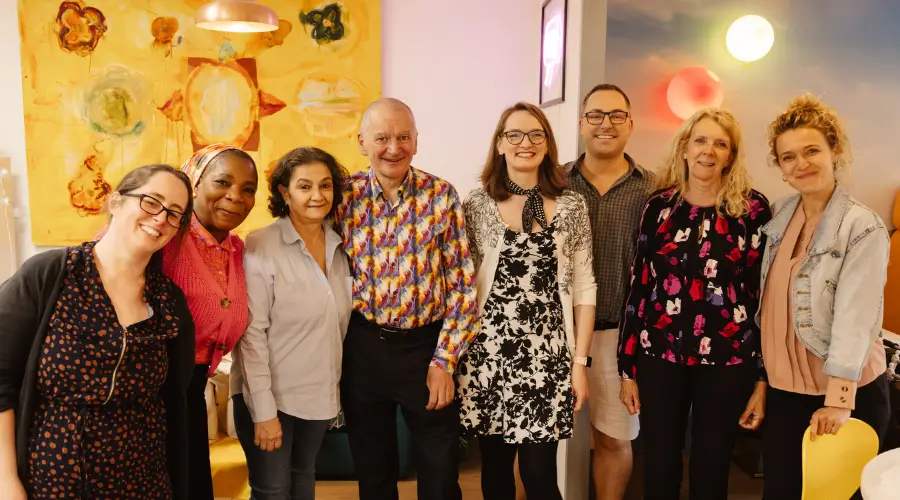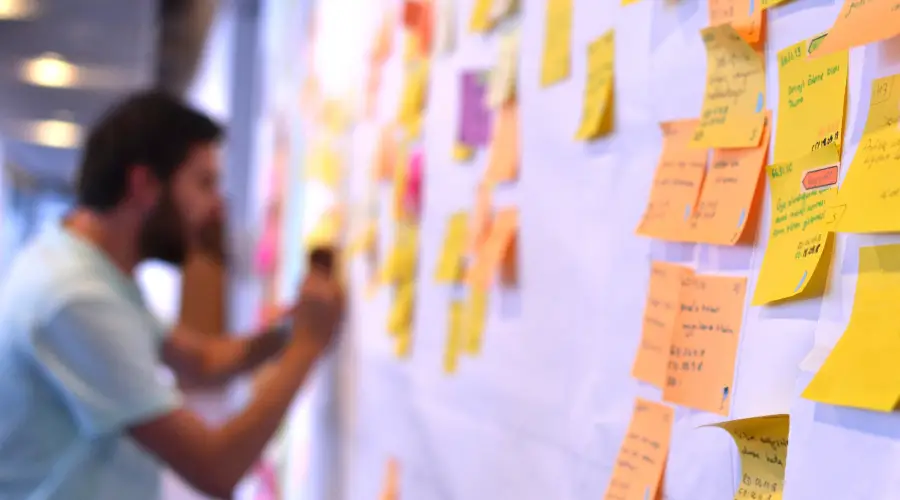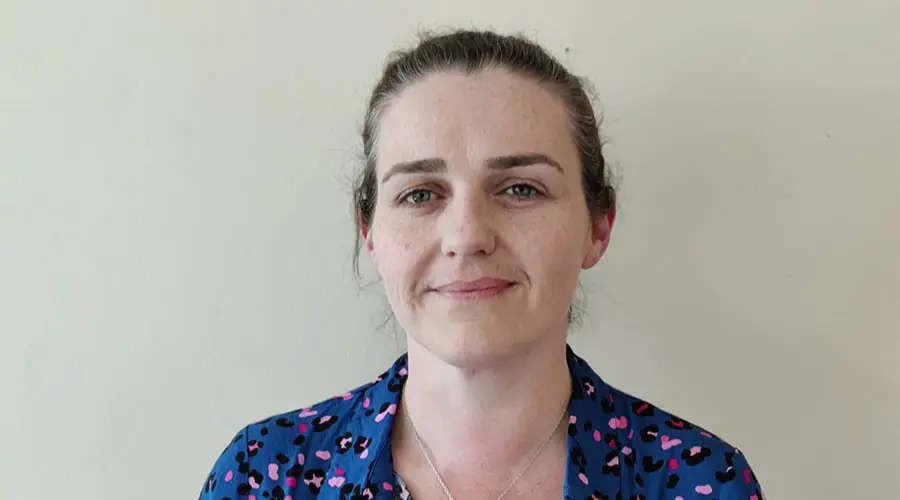In 2000, I found myself at one of those decisive moments of my life. I still have the mind map that I created which helped me make the right move.
Before saying more, let’s establish, for those who do not know, what is meant by a mind map. Look at this one below:
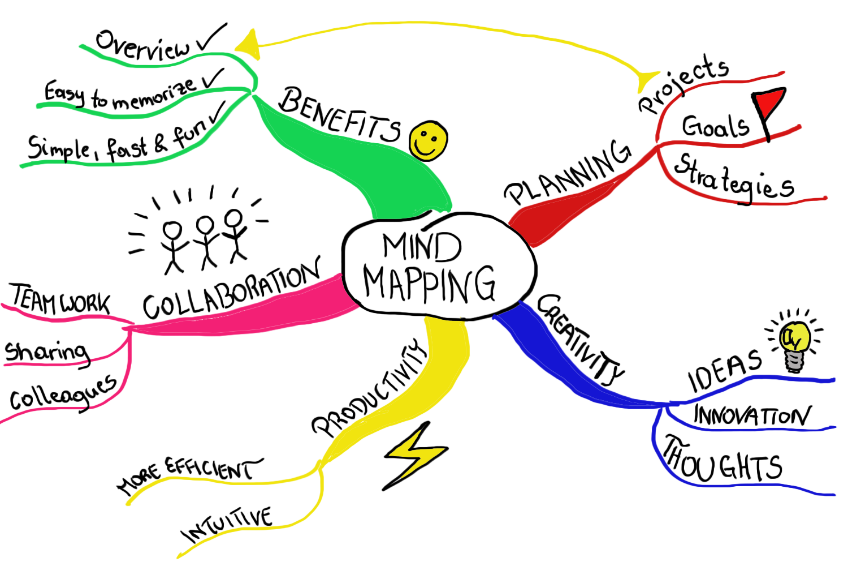
As you might have noticed, this is a mind map about mind mapping. There is a central idea and then branches that describe different aspects of that idea: collaboration, productivity, planning and creativity. Each of those aspects has a further exploration. For example, it can be used for planning projects, goals and strategies.
The map is radial, expanding out from the centre. It uses colours, images and linking arrows, encouraging us to use our creative, non-verbal thinking. To get away from the simple writing of lists. It is this expansive, free-thinking, colourful character that first drew me to them.
Mind maps are often associated with Tony Buzan, who came to prominence in 1970s, when he appeared on a programme called Use Your Mind. But graphic representation of problems had begun as early as 3rd century, and Buzan himself cited the semantic networks used in the 1950s.
So, how did this help me with my life crisis?
At the time, I had been working for 10 years in the probation service, supervising offenders and running offending behaviour groups. I had also run the occasional training event for colleagues — which I loved. I was approaching 40 and was aware that I wanted to make a change. Specifically, I wanted to go freelance as a trainer. This was a big step: going from the certainty of work and a pension, to having to find work for myself.
So, I sat and started sketching a mind map. Where would I get work from? Who did I know that I could speak to? What financial concerns did I have to address (that pension!)? How much would I charge? What support would I need?
But there was also fear. I was excited to be going freelance, but also nervous. On one branch, I drew myself standing on a cliff-edge and jumping (it felt like that big a step). To add comfort, I drew a mattress at the bottom and a dotted line showing my path and the bounce.
As I drew, the possible became more and more of a reality. I felt a greater confidence in what I was setting out to do. What is surprising to me now, is how much of the original mind map that came to fruition.
I recently became a certified trainer for Mind Maps. It made me realise that with a few simple additions I could enhance my mind maps. To use the mind map above as an example, we might draw that central idea as an image, using three colours. We might also break some of the branch ideas into discrete sections. So that, instead of having ‘simple, fast and fun,’ on one unbroken branch, we might give each word its own section. That would allow us to explore each word separately.
I continue to use mind maps both at work and at home: at the start of each year; when planning courses; when thinking through problems. A few years ago, I even used one to think about returning to work for a single organisation. Which is why, after 15 years as a freelance, I came to work at Happy.











